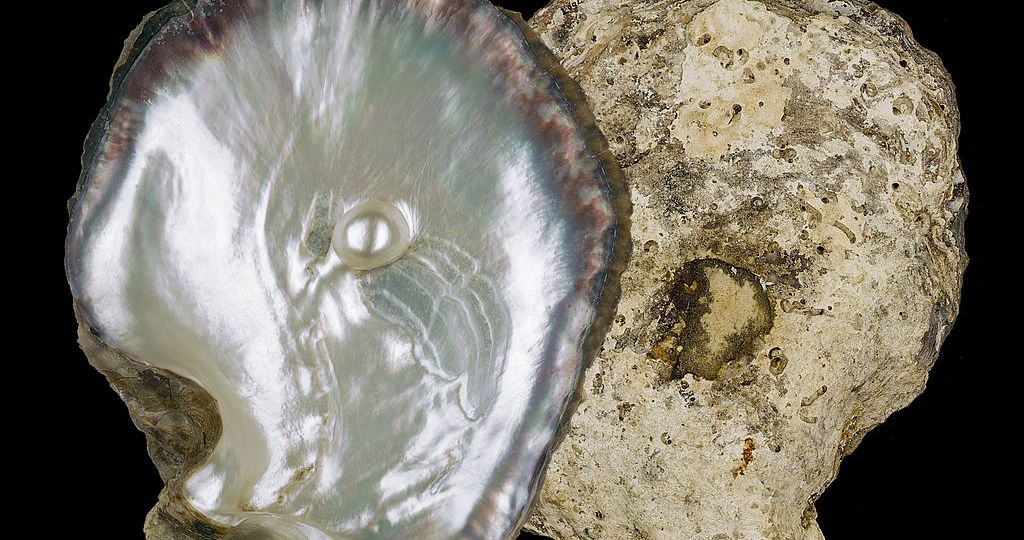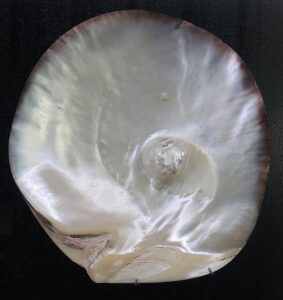
Rare and uniquely fascinating, natural pearls give the wearer a special radiance and undisputed class.

Unlike gemstones, natural pearls, are organic in nature and originate within a pearl-producing mollusk that, in order to defend itself against the entry of a foreign body, begins to produce thin concentric layers of nacre, better known as nacre, the same organic substance that makes up the shell.
After a few years, one can admire the extraordinary result: a wonderful natural pearl. There are very few natural pearls on the market today (about 1 percent) and they are discovered accidentally by shellfish fishermen.
CULTURED PEARLS
– PEARLS OF THE SOUTH SEAS
South Sea pear ls or also known as Australian pearls, are the largest in the world among all cultured pearls marketed.
Produced by theoyster Pinctada Maxima, a giant mollusk that can produce really large pearls due to its amazing size, they take 20 to 24 months to grow.
Only a small percentage of them have round shapes, which makes perfectly round Australian pearls a rarity.
The two naturally occurring varieties of Pinctada Maxima, silver-lipped and golden-lipped, are distinguished by the different coloring of the inner edge of the shell, a factor that then determines the color of the pearls.
These shells are also known as mother-of-pearl.
– TAHITIAN PEARLS
Unique for their natural dark color, Tahitian pearls are also known as the black Tahitian pearls .
Tahitian pearls are cultivated primarily in the atolls of French Polynesia, to such an extent that their production plays a key role in the archipelago’s economy. They are so named because the island of Tahiti is home to the market where all cultured pearls from Polynesia and neighboring islands are traded.
Like the Australian oyster, the
Pinctada margaritifera
, the mollusk that gives birth to them, is distinguished by its large size, but also by its fragility.
The reason for the decidedly high cost of Tahitian black pearls lies in the fact that the animal needs to live in a sea that keeps its conditions (microbiological characteristics, temperature, plankton availability) constant, raising its value.
– FRESHWATER PEARLS
Mollusks living in rivers and lakes can also produce pearls. China has been harvesting freshwater pear ls since the 13th century, becoming the undisputed world leader in freshwater pearl production today.
Freshwater pearls are cultured pearls without a core, that is, consisting almost entirely of layers of mother-of-pearl: this composition makes them very durable and similar to natural pearls.
Small- to medium-sized freshwater pearls often show irregular shapes, fancy coloring, and restrained luster. Today the variety of freshwater pearls is unlimited in colors, shapes and sizes.
In addition to traditional white, these beads come in a rainbow of pastel colors such as lavender, pink, salmon, purple, and silver. The most common shape is irregular, as well as more defined shapes such as baroque, oval, button, teardrop or grain of rice, and sizes range from 2mm to 15mm.
PEARL CARE
Highly delicate, pearls should be stored with care and should not be placed in jewelry boxes along with jewels with hard stones-they may, in fact, bear small scratches.
There are then specific detergents for cleaning the beads.
Designed to protect them from dust and sunlight, the special boxes provided for pearls are much more useful than they may seem at first glance!

